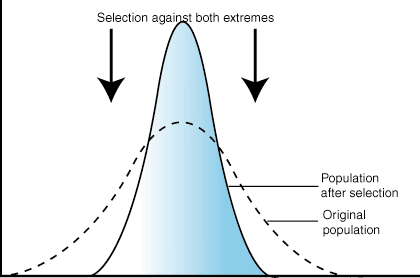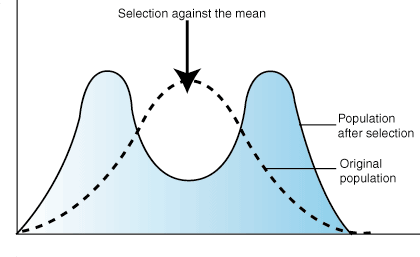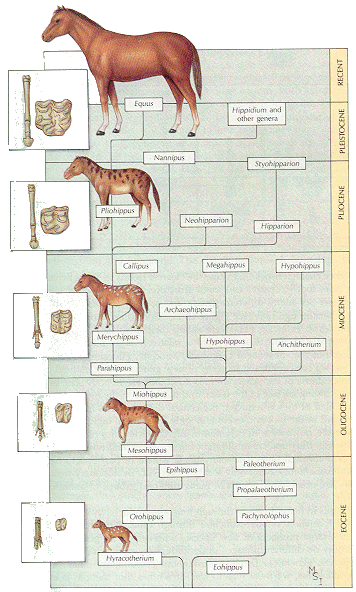- Hot in the day
- Very little precipitation. The little precipitation comes in rain.
- Tend to be near the equator.
- Plants and animals have evolved for life in the desert.
Tundra Biome:
- Very cold.
- Precipitation is in snow.
- Far from the equator.
- Ground is frozen under called permafrost.
- Plants and animals have evolved for life in the cold.











